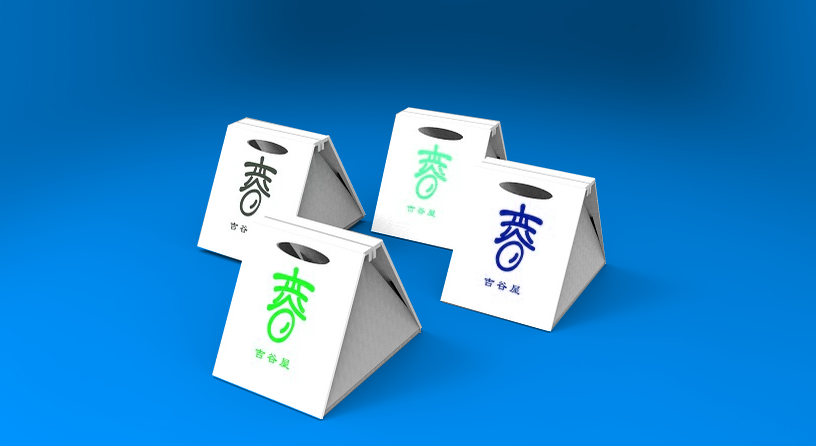Using Packaging to Develop Brand Identity

The Challenge
When you walk into a store, especially one of the big box stores that dominate the retail market today, what do you see? Thousands of products, stacked together on the shelves.
Your client’s customers will be walking into this store, ready to buy. That’s why they are there. How do you get them to choose your client’s product, and not one of the myriad of other options available to them? Your design has to clearly differentiate the product from the others, and make it the most appealing. It’s not going to be easy!
The Iconic Brand Identities
Some products and companies have got it made. Consumers have developed a familiarity with the product over decades of exposure, and so the already established brand identity of the packaging makes the sale. Just consider the Quaker Oats package.
Nobody today would seriously consider this design for a new product. This old guy in the hat isn’t exactly millennial-friendly, not even to ironic hipsters. However, because several generations have grown up seeing that face smiling at them out of their mothers’ cupboards, they’ve come to trust the Quaker Oats brand. It’s dependable and nostalgic. As a result, while the designers have tweaked the design over time, it still sells.
However, if you are trying to establish the brand identity of a new product, you’ve got more work ahead of you.
Identify Your Brand and Audience
What are you trying to sell, and who are you selling it to? Obviously, designing a candy wrapper or energy drink can is going to be very different from a luxury perfume or brandy bottle. While the first two are inexpensive, quickly consumed, and intended to appeal to a younger and less sophisticated customer, the perfume and brandy are expensive, meant to be enjoyed over time, and will be purchased by an older and more discriminating demographic. You probably think bright colors and strong graphics for the candy and energy drink, but classic shapes and subdued colors, possibly with gold or silver highlights, for the perfume and brandy. This is not just about attracting the right customer; it’s about telling the story of the product in its package.
Make the Package Part of Your Brand
Heinz Ketchup just isn’t the same if it’s not in a bottle, even a squeezable one, without its distinctive label. We expect to see that packaging, and it helps to sell the product. Can that same degree of identification be achieved with a newer brand? Your client will have to spend more money on advertising to establish that brand in the public awareness, and it does take time to reach icon status similar to brands like Coca-Cola or MacDonald’s, but if your package tells the story of the product successfully, and appeals to prospective customers, you’ve got a good chance of creating something that will help sell products for a long time.
